Land Protection & Scientific Monitoring in the Amazon
The Importance of Land Protection & Scientific Monitoring in the Amazon: Pacaya Samiria Community Land Reserve
This past week, my classmates and I ventured out to Pacaya Samiria National Reserve to visit what was previously one of the most controversial plots of protected forest in the Peruvian Amazon. While en route to the National Reserve we learned from Dr. Richard Bodmer about the history and biology of the park before docking at the confluence of the white water Marañón River and the black water Samiria River.
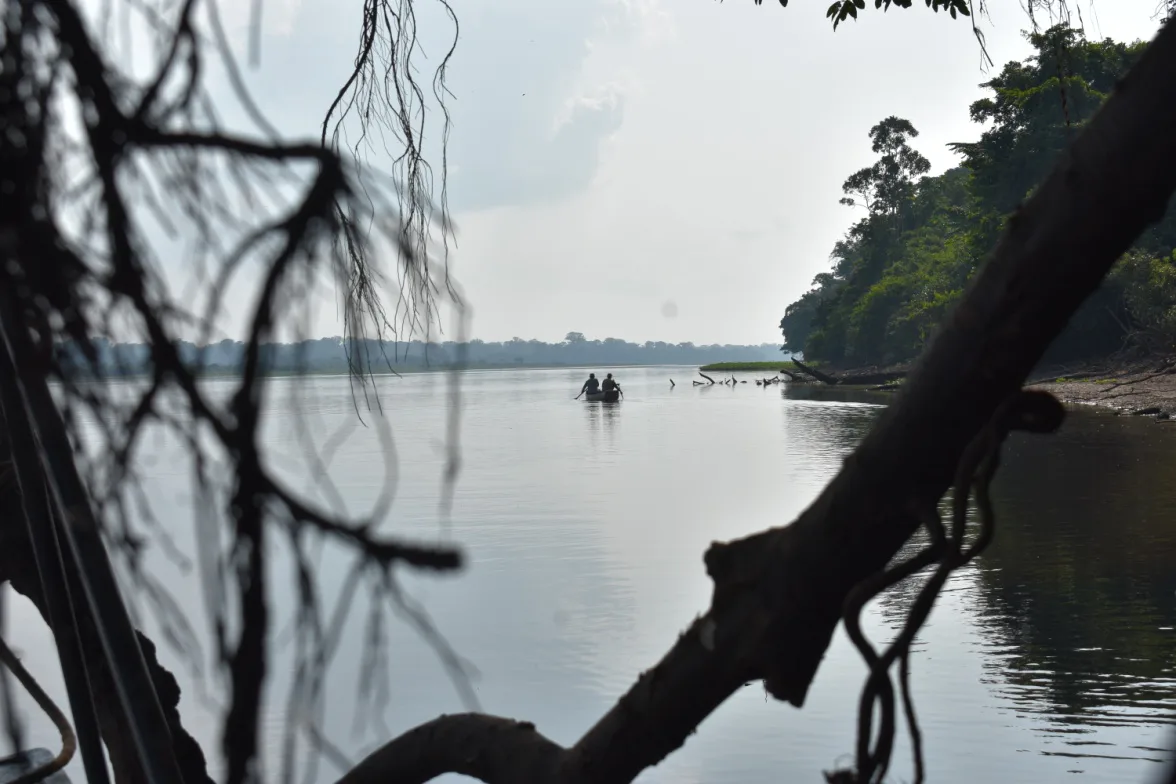
Through the 20th century, Pacaya Samiria underwent several protection-oriented land-use designation-transformations which affected how the local community and outsiders were able to use the land. The land designation system before the current system was incredibly harmful to the local indigenous Cocama people because it forcibly removed them from their ancestral territory and prevented them from accessing the forest from which they derived their lives and livelihoods. After years of protests and violent clashes between the indigenous people and the land managers, the government converted the land into a community-managed area where the community is able to sustainably extract resources and enforce protections on the land. This community-based management model has been extremely successful in protecting the area’s rich biodiversity while providing sufficient resources for the communities living within the reserve.
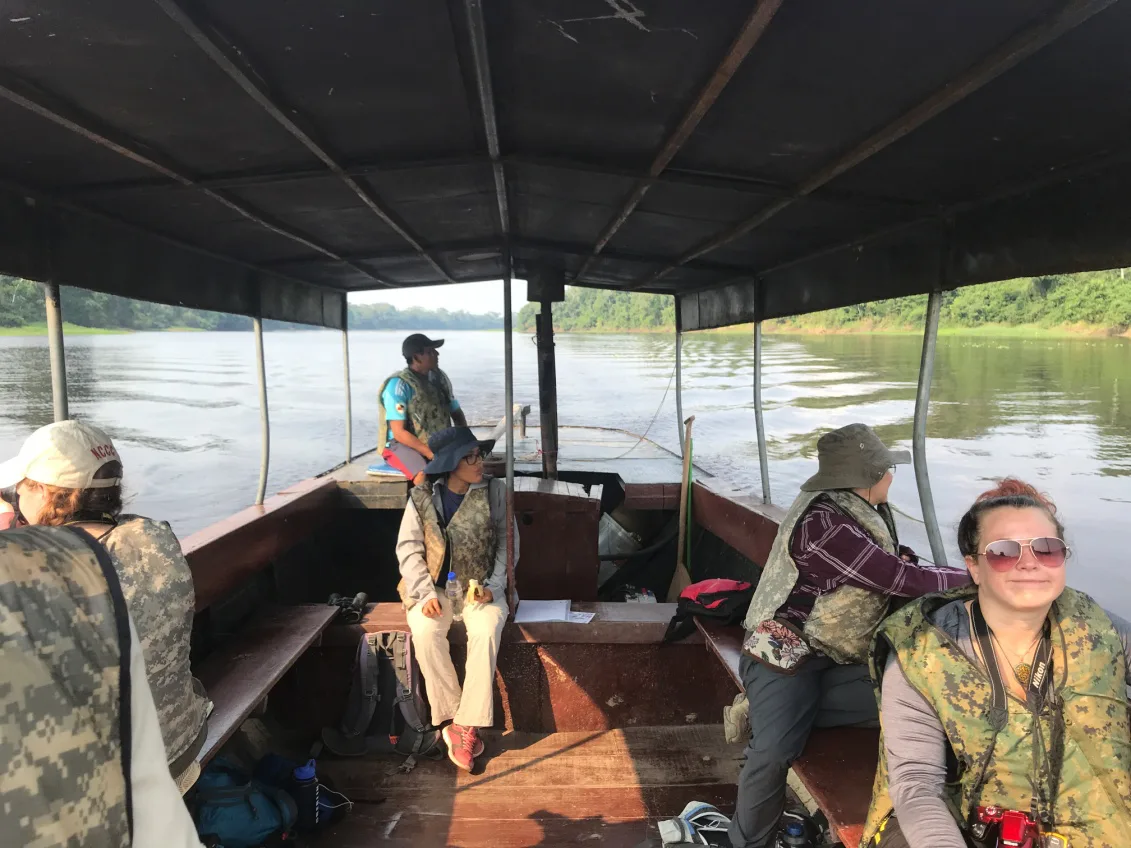
Photo courtesy of Erin DeLuca
Pacaya Samiria’s history is marked by so many severe clashes over protection because of its unique forest structure. As a Varzea forest type, Pacaya Samiria is consistently flooded by the nutrient-rich white water of the Marañón River. As annual continental rains bring the nutrient rich water from the Andes Mountains into the region, the water slows allowing for the dropping of sediments into the forest, where something truly special begins to take place. While sedimentation of nutrients is occurring, the fish enter the forest where they breed, eat, and disperse seeds. It is theorized that this seed dispersal and spike in fish populations has allowed the region to become extremely biodiverse, as many animals feed on fish or forests food services which the fish help pollinate and diversify. As a result, Pacaya Samiria is one of the most biologically diverse regions in the world for both plant and animal species.
With the newfound understanding of Pacaya Samiria and its significance, my classmates and I then learned about Dr. Bodmer’s survey work in the region over the past several years and how we would be contributing to it during our week-long stay. The goal of our trip was to spend four days conducting animal surveys where we would collect data on animal sightings, behavior, and population number if possible. The data that we collected would then be added into the 14 years of data collection by Dr. Bodmer and his team of fellow conservation scientists. Together Dr. Bodmer and his team use this data to observe trends, analyze threats, and inform the local community and policy makers.
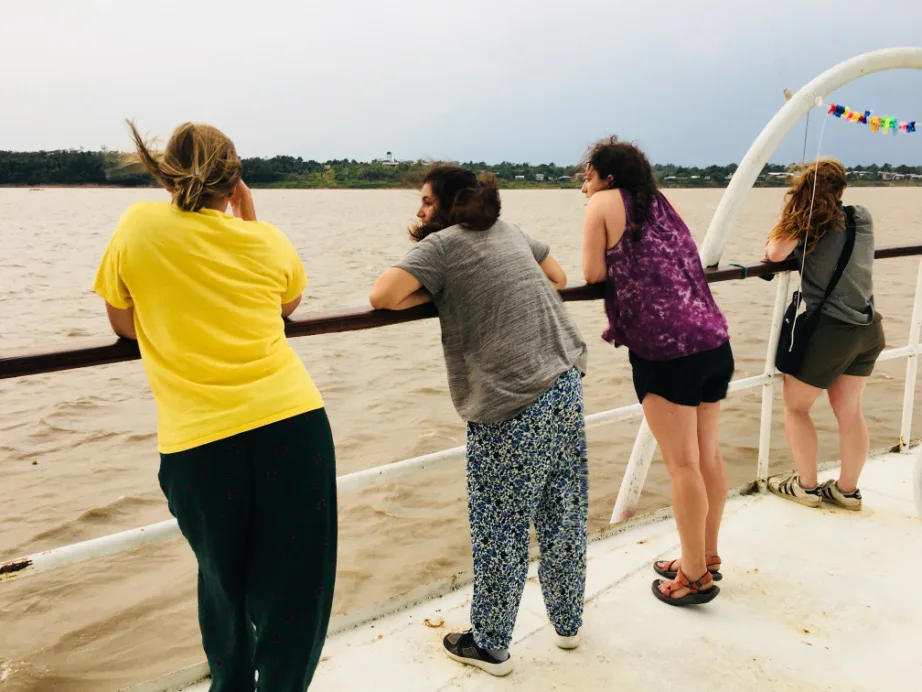
Photo courtesy of Erin DeLuca
After receiving our informational session on how we would be surveying the animals with Dr. Bodmer, we played a game of ‘salad bowl’ and awaited arrival to our site the next morning. The next morning we finally arrived to the confluence of the Marañón and Samiria rivers and immediately entered the field eager to see as many animals as possible. Throughout the week my team conducted surveys on pink and grey river dolphins, fishing bats, caiman, wading birds, macaws, fish, and terrestrial (land-based) animals. All of these different groups are important for monitoring changes in the ecosystem and share insight on climate change and the environmental effects of development.
Here were three of my favorite surveys:
Pink & Grey River Dolphins
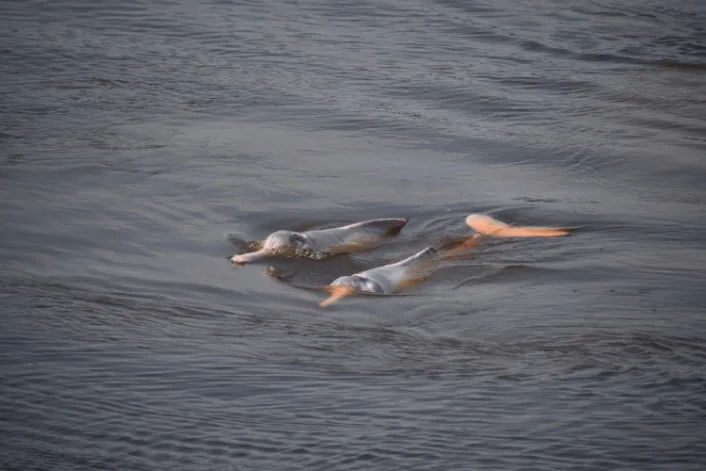

Pink river dolphins are one of the oldest and most well-adapted aquatic mammals in the world. Their species dates back thousands of geologic years to the beginning of the rising of the Andes Mountains. Pink river dolphins are critical to track because as an indicator species, changes in their population or behavior allow scientists to accurately gauge changes occurring in an environment.
Caiman

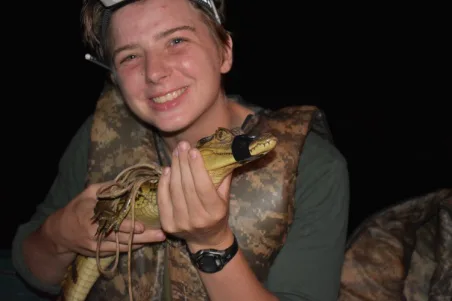

There are three species of Caiman in Pacaya Samiria: the black, white and smooth-sided. All three are rare due because of over-hunting that occurred in the region during the mid 20th century when their skin was often used in fashion. As resource use species, caimans are important to measure because they shed light on over-exploitation of important resources like fish.
Fish

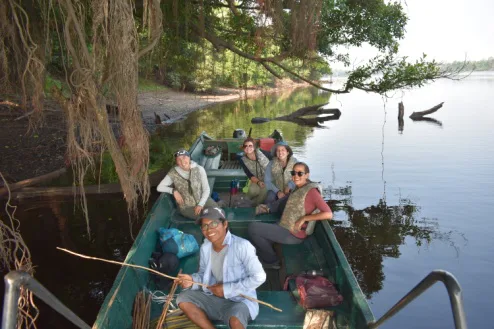

Photo courtesy of Joanna Johnson
As previously mentioned, the Amazon basin is known for having one of the most abundant and diverse fish populations in the world. Having an abundant fish population is critical to all members of the ecosystem because people, animals, and even fish, eat fish.
Because Pacaya Samiria is such a culturally and scientifically significant place, the surveys collected by my classmates and I during our week are so important for helping the local community track changes in their ecosystem and inform the politicians and governments when critical and lasting decisions are being made.
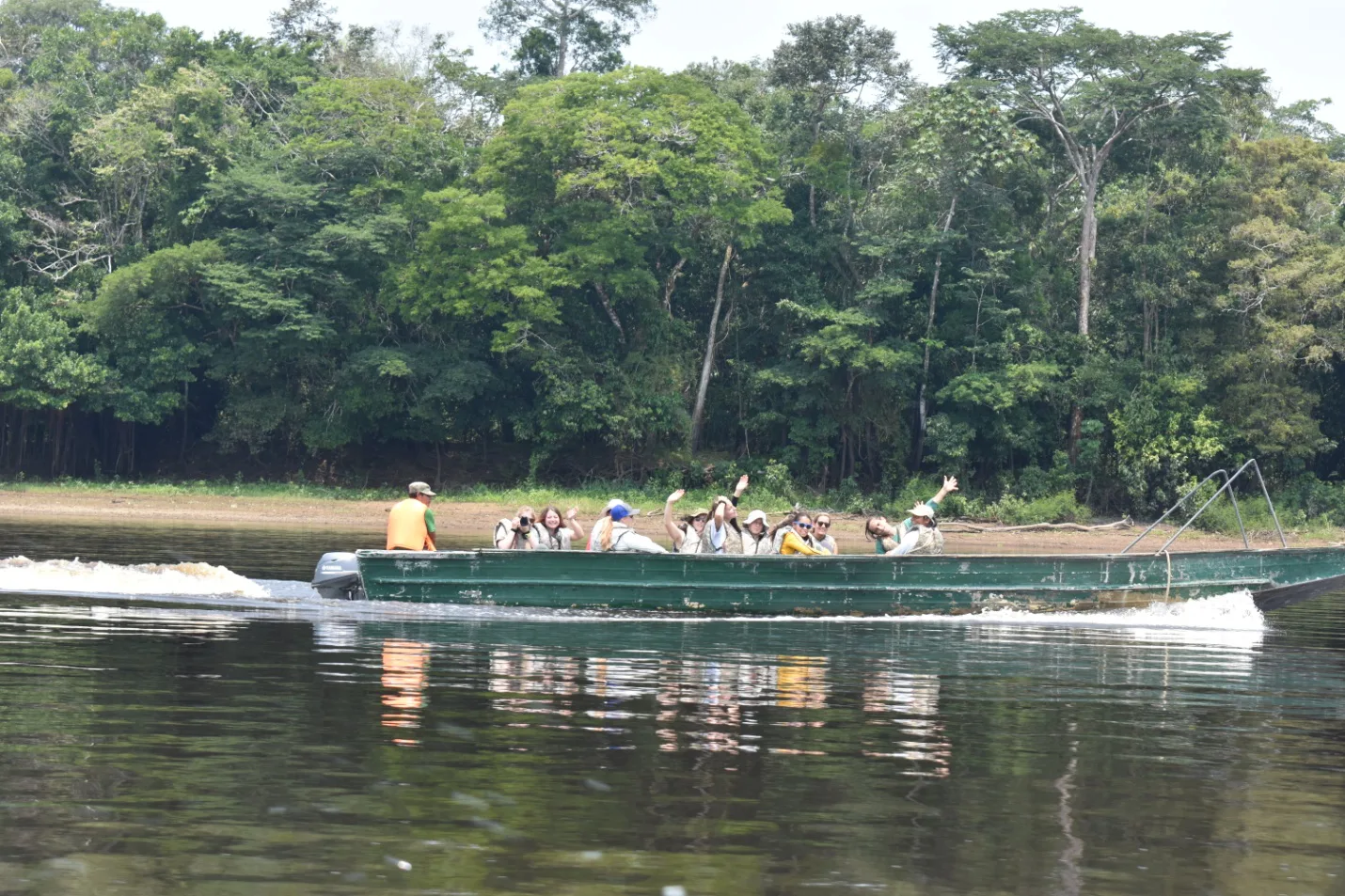
Related Posts


Alumni Reflections: Stories of the Return to Kenya
